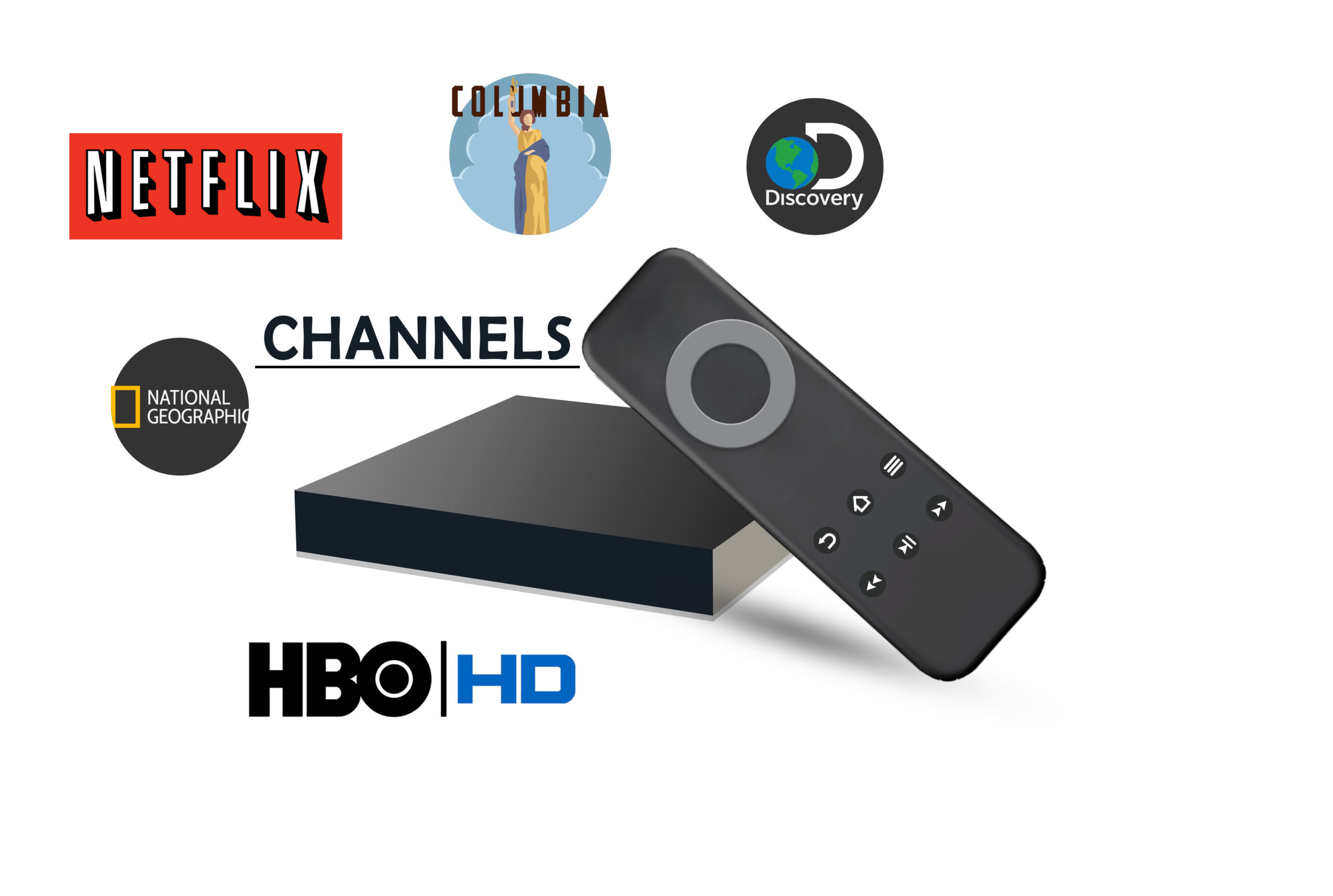From 2020 onward, this decade is a promising one for IT outsourcing. The value of the global outsourcing market is over $92.5 billion and growing.
Given the changes of the business landscape brought about by 2020 and the widespread transition to remote work, it’s safe to say fewer businesses will see the physical distance between the HQ and the vendor as a hurdle.
Why Are Businesses Going Offshore?
At first glance, it may seem that running a domestic team is a winning approach as it seems faster and more efficient. However, there are more than a handful of reasons that have team leaders turning to global talent markets.
According to the “2020 Outsourcing Survey” issued by Deloitte, these are the key reasons business owners hire offshoring vendors:
- Cost-cutting is a key objective for 70% of business owners. Hiring an offshoring vendor dramatically reduces salary expenses – an Eastern European developer makes X per year while an average yearly salary of US-based engineers is Y.
- Speed to market was a vote in favor of outsourcing for 20% of company managers. Having access to wider talent pools allows teams to gather teams faster and complete projects more efficiently. Also, hiring a vendor means not having to put in effort into building tech infrastructure from scratch or training talent.
- Agility is a reason why 15% of surveyed team leaders started collaborating with vendors. Offshore outsourcing gives business owners on-demand access to talent, allowing them to assemble teams that precisely meet the project’s needs. What’s more, offshore outsourcing is change-friendly, giving managers a way to freely scale the project up or down.
- Business transformation is another goal that a growing number of business owners have on their minds. Rather than looking for vendors who complete one-time projects, team leaders yearn for reliable long-term collaborations, with vendors willing to support products years down the line.
To leverage the full power of offshore outsourcing and its potential for business transformation, managers are on the lookout for efficient collaboration models. One of the most intuitive and impactful strategies business owners use to outsource is build-operate-transfer.
What is Build-Operate-Transfer?
BOT (short for Build-Operate-Transfer) is a collaboration model in which a business owner hires a vendor for not only designing and building a solution but operating and maintaining the project for a set period of time.
After the vendor created and implemented a stable project maintenance strategy, the main team assumes the responsibilities over the product.
BOT is a primary strategy used for setting up R&D centers abroad or opening global customer contact branches.
How BOT Works?
As the name suggests, BOT has three distinct phases – “build”, “operate”, and “transfer”. Each of these is complex – for convenience, it’s better to break each component of the framework into smaller operations.
Here’s the breakdown of the processes involved in BOT:
Phase #1. Build
At this stage of the BOT framework, team leaders gather resources for building a project, discuss the scope and main features of the solution, and oversee the pace with which a vendor works on the project.
The “Build” phase has two steps:
Step #1: Design. At this stage, the vendor and the main office work together on conceptualizing an end-to-end service delivery model.
Step #2: Build – The vendor implements the strategy created during the previous stage. The implementation process includes hiring talent and setting up the working environment so that an R&D or a customer contact center is fully functional.
Phase #2. Operate
During the “Operate” phase, the main team manager collaborates with the vendor to transition services. On the other hand, a BOT service provider creates and implements a strategy for improving operations.
This stage consists of three distinct processes:
Process #1. Transition. At this stage, a business owner prepares all the data necessary for transferring services to the vendor and oversees the implementation process.
Process #2. Stabilization. The provider finds ways to improve the efficiency of business processes and makes sure that the new service levels match the expectations of the in-house team leader as well as the end customer.
Process #3. Operation. A vendor assumes full responsibility for a center’s day-to-day operations. The provider should oversee the performance of the team, turn in all the necessary paperwork, and alleviate bottlenecks.
Phase #3. Transfer
Now that the project is up and running, it’s time for the main team to take custody of the newly-built infrastructure. Business owners need to prepare the paperwork for vendor exit and ensure a smooth transfer of assets – talent, software, hardware, and documentation.
Typically, the steps of vendor exit are discussed early in the negotiation – this way, both the vendor and the client avoid miscommunication and confusion in the final stage of BOT implementation.
5 Benefits of BOT For Business Owners
The BOT model was extremely popular in the mid-2000s. Since then it lost its traction for a while and now is back on the radars of many business owners. Why are team leaders relying on this outsourcing model?
Here are five undeniable benefits of Build-Operate-Transfer:
- Room for cost-saving. BOT allows business owners to reduce both salary expenses and operating costs. In leading offshore markets like Eastern Europe, the costs of renting a space, transportation, and utilities are considerably lower than those in the EU or US tech hubs. Other than that, team leaders can choose a vendor located in a region with lower tax rates to leverage the full power of cost reduction.
- 24/7 availability and minimize downtime. Having an R&D abroad allows business owners to run operations continuously. The difference in time zones between the vendor and the main office gives companies the benefit of constant availability, allowing team leaders to improve team efficiency and the quality of services.
- Ready-to-deploy infrastructure. Setting a branch office on their own requires a lot of commitment on business managers’ behalf. BOT, on the other hand, reduces the amount of effort needed to assemble a team and build a viable infrastructure. Choosing a build-operate-transfer vendor gives team leaders access to trained talent and fleshed-out infrastructure helping the main office focus only on the activities that are vital to the company’s growth.
- On-demand scalability. In times of uncertainty, hiring a team to run operations is a risky choice. A change in the economical landscape could lead business owners to consider lay-offs or closing the HQ altogether. It’s a frustrating process that might drag along a chain of lawsuits and allegations. To that end, BOT is a much more flexible and change-friendly model. It allows business owners to increase and reduce the scale of the center depending on the company’s immediate needs.
- New ideas and technologies. Reaching out to experienced vendors gives business owners a new valuable perspective on the project. Other than that, the main team will have access to the tools and practices service providers use. For team leaders, it’s an excellent opportunity to train the main team by arranging business trips and internships at the offshore center. Thus, an experienced vendor will give the main team a handful of valuable business transformation suggestions and help introduce innovation to internal processes.
The Bottom Line
The build-operate-transfer model is an intelligent way for IT business owners to fight talent shortage, reduce operating costs, and scale their services. Other than that, this collaboration practice helps improve the company’s reputation among end customers thanks to 24/7 availability.
As long as managers take their time to research reliable vendors, the benefits of the BOT framework will be immediate – heightened focus on the company’s core activities, introduction to new practices and technology, and affordable scaling.
Suggested:
Why do the bots crawl your website if you blog often?
How AI Chatbots helping in Industry to serve customers?
Like this:
Like Loading...













 13 Tips for Growing Your Business Faster
13 Tips for Growing Your Business Faster